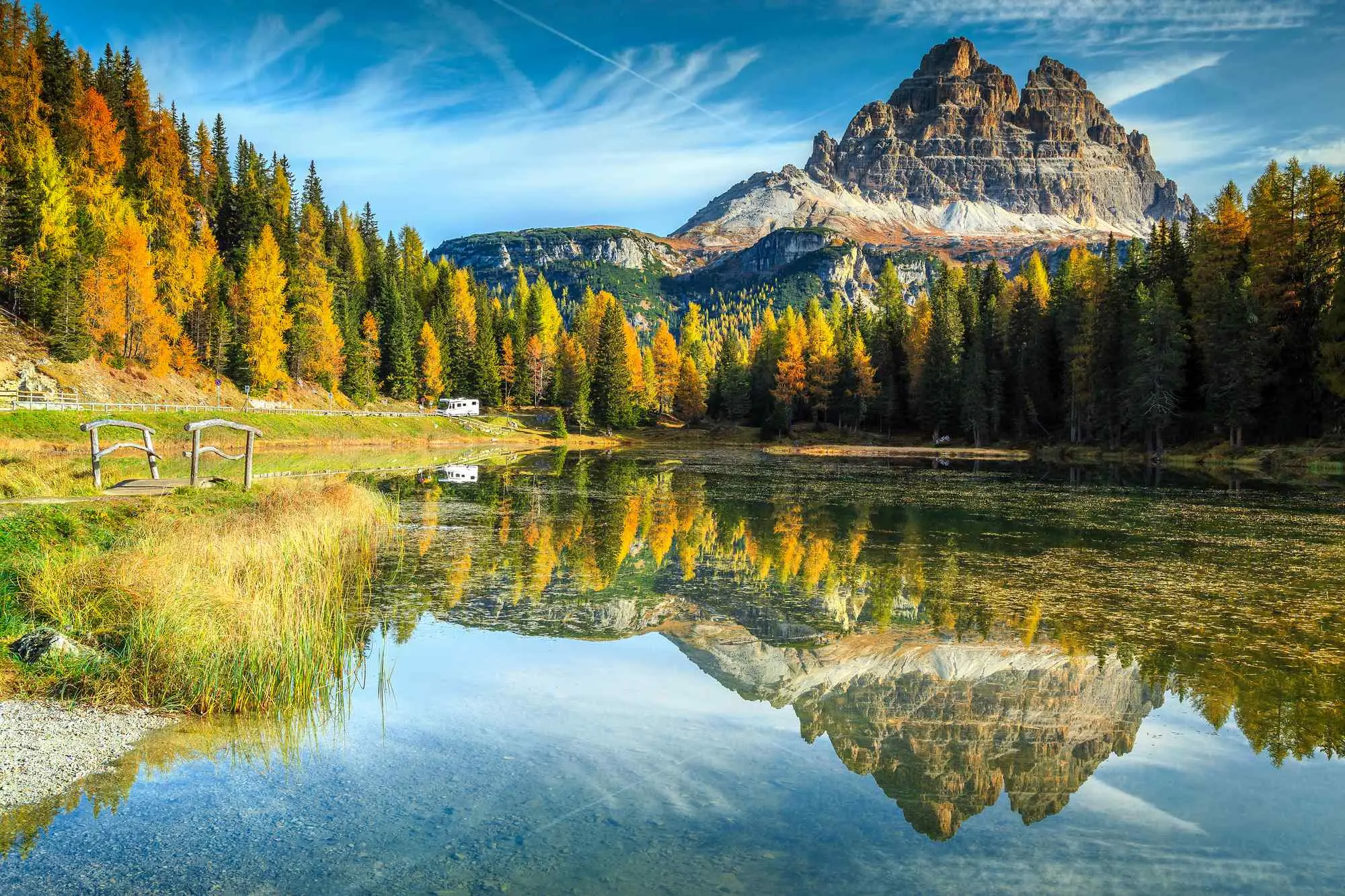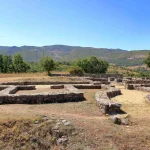Why is Lake Antorno the best kept secret of the Dolomites?
In a country where lakes like Garda, Como, and Maggiore offer luxury, glamour and well known viewpoints, and lakes like Braies and Carezza attract crowds thanks to their photogenic shores and mountain scenery, there is one small lake that does not make it into postcards because of its name, but surpasses them when you stand by its shore. Lake Antorno, located in the very heart of the Dolomites, just below the Tre Cime di Lavaredo massif, is not featured on the covers of tourist brochures. That is exactly why it is hard to forget.
It sits at an altitude of 1866 meters, just a few kilometers from Lake Misurina, along the road that leads to Rifugio Auronzo and Tre Cime. The lake is easy to reach via the SP49 road, with clearly marked signage and parking right by the shore. Although modest in size, about 150 meters long and 90 meters wide, it visually appears larger because the space is not limited by buildings or facilities, but open to the mountain landscape.

Lake Antorno, Photo: directornico Depositphotos
The water is cold and clear, with an average summer temperature between 10 and 12 degrees Celsius. Swimming is not officially forbidden, but it is unappealing due to the low temperature and the natural shoreline covered with grass and vegetation. The lake is not used for recreational purposes such as rowing or swimming. Its main value lies in the view. In the morning and evening, the surface becomes almost a perfect mirror reflecting the pine forests and, above all, the silhouettes of the Dolomites. Tre Cime di Lavaredo, rising above the horizon, can be seen here not only directly, but also as a clear reflection in the water, which is why Antorno is a frequent subject in regional photographs, even though its name is often not mentioned.
What sets it apart from other similar alpine lakes is not only the tranquility and location, but also the concrete accessibility. Next to the lake is Ristorante Lago Antorno, a mountain restaurant with a large terrace and home-style cuisine that operates during the season. A few steps away, the winter atmosphere is further defined by the Igloo Bar, popular among skiers passing through this section during the colder months. So, although situated in untouched nature, Antorno is not completely isolated or wild. It has everything needed for a proper break, but without disturbing the environment.

Lake Antorno, Photo: MountainSeal Depositphotos
In this case, the Dolomites are not just a backdrop, but the essential component of the entire scene. The vertical limestone peaks that characterize this region define the light, the color, and the rhythm of the day. In the morning, they are grey-blue, under the midday sun, they are bright, and at sunset, they turn pink or orange, creating the well-known visual phenomenon called alpine glow. Since the lake faces the massif directly and the water is often completely calm, this reflection of color and light becomes visible almost nowhere else. It is not unusual for photographers to wait for hours for the perfect moment to capture a natural spectacle that takes place twice, in the sky and in the water.
Antorno is also a practical stop on the hiking and cycling route through the Dolomites. Many start from here towards Rifugio Auronzo, Cadini di Misurina, or simply walk around the lake itself. In winter, when the road to the hut is often closed, visitors reach it on foot, while in summer, this lake becomes an ideal short stop on the way to higher altitudes.

Lake Antorno Photo: AndrewMayovskyy Depositphotos
Compared to more famous lakes, Antorno remains modest but not invisible. Unlike Braies, which has become a symbol of mass mountain tourism, here there are still no queues or daily limits. And yet the view is almost identical in beauty, perhaps even more precise because of the natural composition of space and light. This lake might not dominate your travel plan, but it will certainly seal it.




Leave a Reply